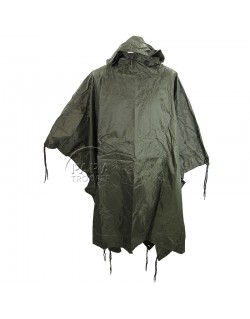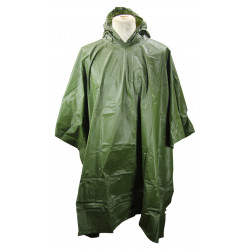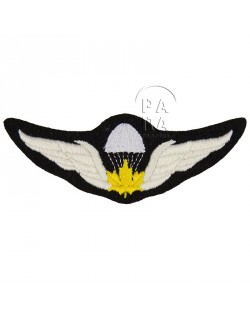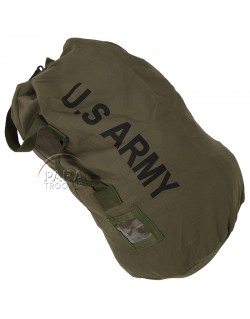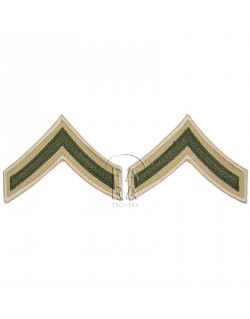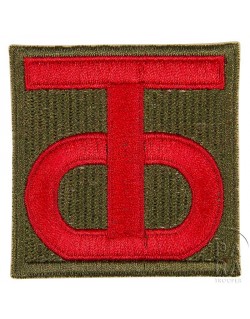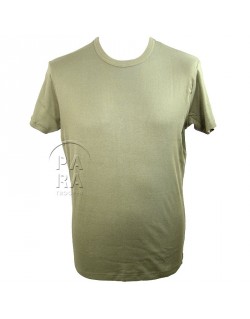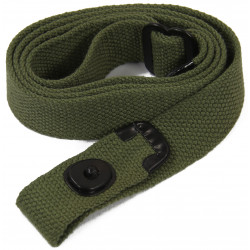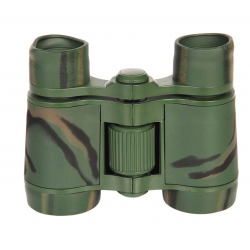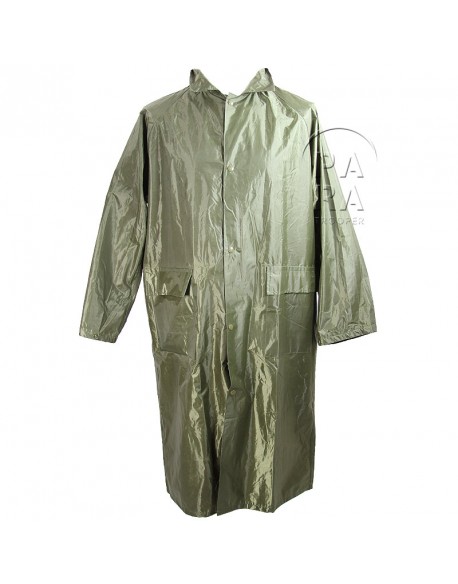



(7 reviews)
Raincoat, Combat, 1944 US Army type
€19.00
Tax included
Raincoat US style, with hood and pockets. Perfect for your reenactments.
100% Polyester, Polyvinylchlorid coated
Weight: 200 g/qm
- 2 big pockets on the front with flap
- integrated hood in the collar
Product Details
10625201
Customer reviews
Reviews about this product
-
Reproduction miltec ce n'est pas le mieux mais ça fait l'affaire
-
Bonne qualité devrais bien protéger lors d intemperies
-
très pratique et réaliste
-
Beau produit reste à tester......?
-
Bel imperméable qui servira par temps de pluie.
-
Idem :)
-
Parfait et il a servi ce week-end sur une reconstitution, les conditions météorologiques étant très pluvieuses !!!







